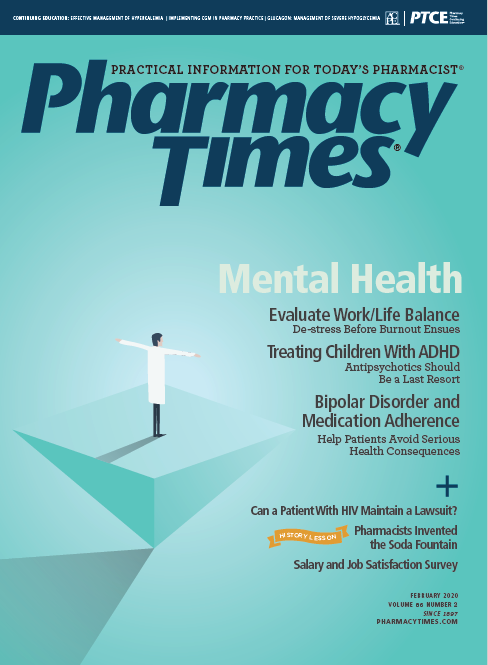Publication
Article
Pharmacy Times
Generic Approvals Hit Record, but Cost Savings Prove Elusive
Author(s):
Despite the FDA’s greenlighting of 1171 drugs in 2019, new research does not show large savings for consumers.
The FDA approved a record number of abbreviated new drug applications (ANDAs) in 2019, but new research published in JAMA suggests that the market has not seen the hoped-for cost savings.1
Although the FDA does not regulate drug prices, it has helped to drive down skyrocketing drug costs through its approval of low-cost generics. The FDA approved 1171 generics in 2019, beating 2018’s previous record of 971. Of the 2019 approvals, 125 were for first generics of drugs that previously had no competition.2
Insufficient competition is a major concern for patients because it can disrupt care and limit potential cost savings. The FDA has attempted to combat these concerns by releasing the Drug Competition Action Plan and amending the FDA Reauthorization Act, as well as publishing a list of drugs with limited competition and highlighting alleged “gaming” of regulations by branded drug manufacturers.2
It takes 5 generics available on the market to drive down prices to 33% of an original brand-name price, according to the FDA. With only 1 available generic, the average relative price per dose remained at 94% of the original price, whereas with 19 generic options, the prices sank to just 6% of the original price. The analysis found, however, that the largest increase occurred when a second generic entered the market, lowering prices from 94% to 52% of the original.3
Approving ANDAs alone, however, may not solve the problem, the research showed. The investigators identified all ANDAs approved between July 1, 2016, and December 31, 2018, and then determined competition and prior drug shortages. Competition was categorized as ≤2 versus ≥3 existing manufacturers of the generic drug at the time of approval. Prior drug shortages were defined as any shortage lasting 1 month or longer for the same active ingredient and dosage within 5 years prior to approval.1
Although the study identified 1832 ANDAs approved within the 18-month period, relatively few of those were for drugs in limited competition or that had experienced a shortage in the previous 5 years. Of the 1832 approvals, just 374 (20.4%) were for drugs in limited competition at the time of approval. Similarly, 717 drugs (39.1%) had experienced a shortage within 5 years of the approval.1
Without a focus on approval efforts on the drugs with the least competition and the most shortages, the investigators suggested, the issues of high costs and lack of access will not be solved. They did add, however, that some mitigating reasons may exist for their findings, most notably that they did not account for the difference in generic approvals and those same generics finally coming to market.1
“Although our results suggest that there have not yet been noticeable effects of the FDA’s initiatives to expand approvals for generic drugs at risk for price spikes and shortages, ANDAs take time for the manufacturer to prepare and then another 6 to 12 months for regulatory review,” they said in the report. “Nevertheless, continued attention is needed to foster approval of generic drugs with limited competition and prior shortage.1
REFERENCES
- Jiao K, Gupta R, Fox E, Kesselheim A, Ross JS. Characteristics of recent generic drug approvals by the US Food and Drug Administration. JAMA Netw Open. 2019:2(10):e1913029. doi:10.1001/jamanetworkopen.2019.13029.
- Statement on continued progress enhancing patient access to high-quality, low-cost generic drugs [news release]. Silver Spring, MD: FDA; October 16, 2019. www.fda. gov/news-events/press-announcements/statement-continued-progress-enhancing-patient-access-high-quality-low-cost-generic-drugs. Accessed November 4, 2019.
- Generic competition and drug prices. FDA website. www.fda.gov/about-fda/center-drug-evaluation-and-research-cder/generic-competition-and-drug-prices. Updated November 20, 2017. Accessed November 4, 2019.







